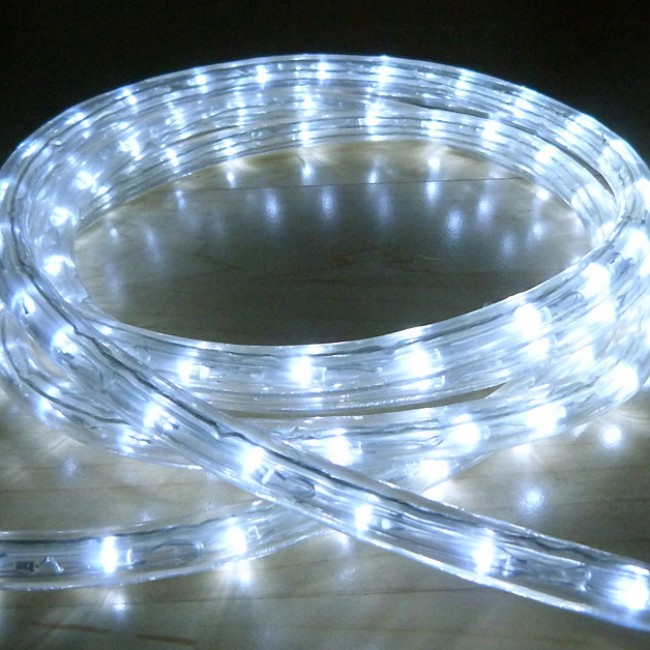LED or light-emitting diode is a light that manages to combine electrons with holes within the device that releases energy in the form of protons. This effect is called electroluminescence. LED lights can be used for both domestic and commercial purposes. LED strip lighting Australia for sale is now popular in many homes due to the brightness of the light and the longevity of the bulbs. LED light come in a range of colours.
First appearing in 1962, the LED light emitted a low level of infrared light. At first the LED light was only available in red. These small red lights were often restricted to digital clocks, such as clock radios. Now the lights are visible, infrared and ultraviolet wavelengths and are extremely bright.
Today the lights are a popular and more environmentally friendly choice. They are a low energy option that give longer lasting and more robust bulb options. LED lights are used in a range of settings, such as aviation lights, traffic lights and headlamps for cars. LED can also form the components of television and computer screens.
Many homes are now designed around the lighting choices on offer and LED’s feature heavily in these choices. New builds often offer a range of small LED lights to create a modern and minimalistic effect.
At first the LED lights were restricted to areas that required high intensity lighting, such as laboratories. They were later added to TVs, radios, calculators, telephones and watches. At first they were a costly option so were not available for domestic use. As mass production increased the cost reduced and more and more uses were discovered for the LED light.

As the manufacture became more specialised, companies found that they could increase the output of the bulb. It became white and slowly began to replace the harsher glare of fluorescent lighting. Today’s LED bulbs bear little resemblance to the early light options. They are low heat emitting, energy efficient and cheap to produce.
The LED consists of a small chip of semi conducting material. That is then doped with impurities to create a junction. The wave length of the bulb determines its colour which is set by the gap of materials forming at the junction. Refining of that process has enabled the designers to create a purer light that is more commercially in demand. This light is created by shortening the wavelength.
LED is now a term that is known by many who know a little or a lot about technology. The presence of an LED in a television gives it the perception of quality and a more superior picture. Many companies use the LED tag as a powerful tool in the branding and marketing of their product.
The popularity of the little bulb has seen a doubling of output each thirty six month period in the last few years. Quite impressive for a little bulb.
